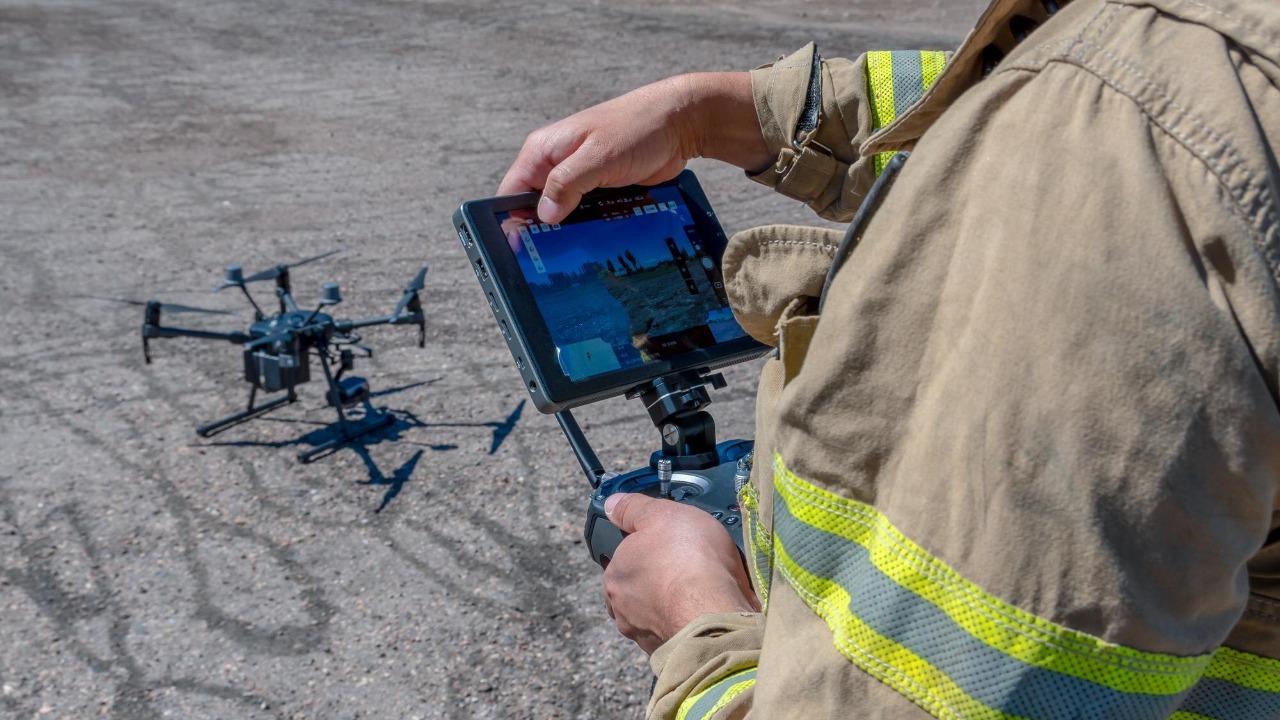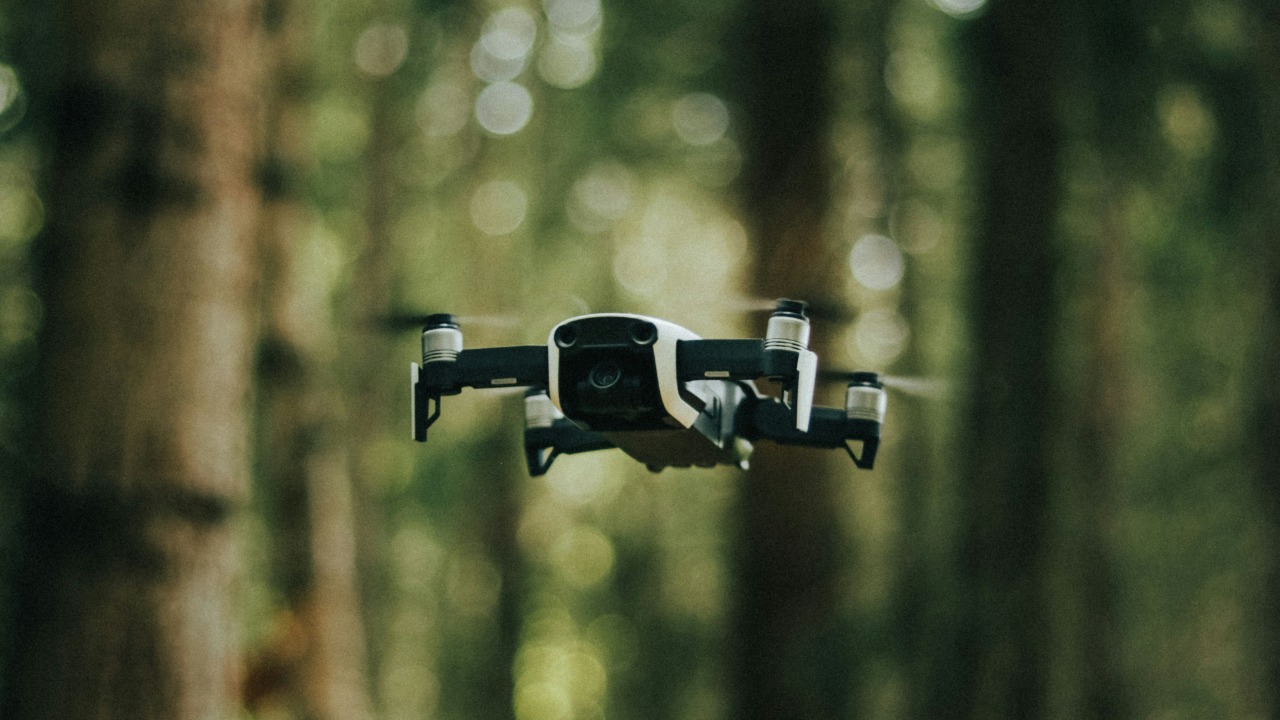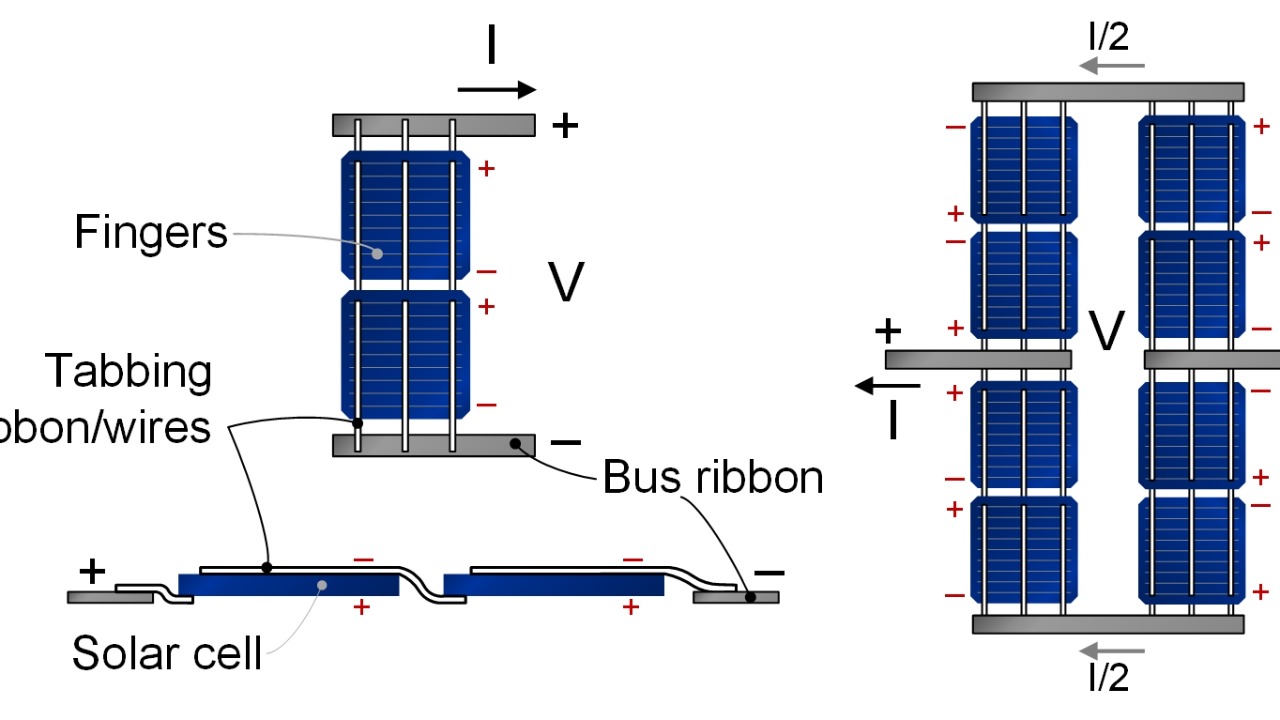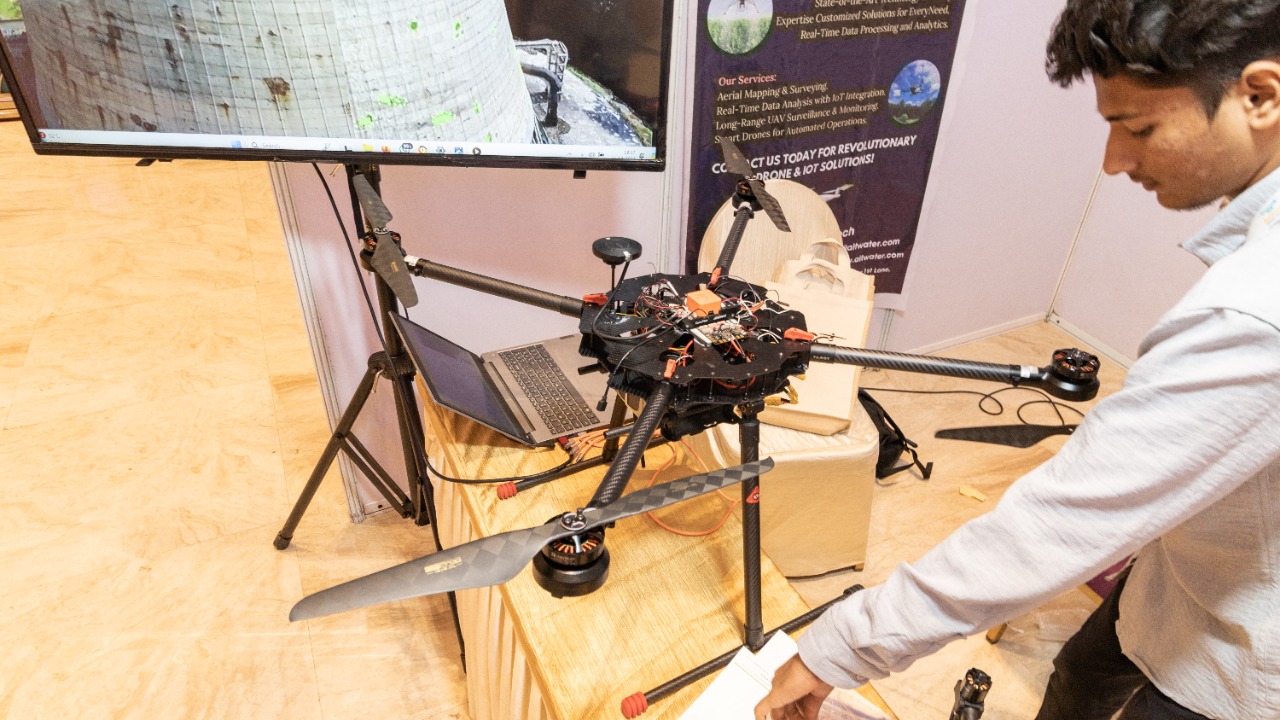
The advancement of drone technology has taken a groundbreaking step forward with the first successful test of a light-powered drone. This innovative development could revolutionize aerial technology by increasing the drone’s efficiency and sustainability. Scientists and engineers are hopeful about the potential implications of this new power source for various applications, including environmental monitoring and search-and-rescue operations.
The Science Behind Light-Powered Drones

The concept of a light-powered drone hinges on the innovative use of solar energy and photovoltaics to generate power. By harnessing sunlight, these drones convert solar energy into electrical energy, enabling them to operate without the need for traditional battery systems. This not only extends their operational time but also reduces the weight associated with heavy battery packs. The underlying technology is akin to that used in solar panels, which capture sunlight and convert it into electricity via photovoltaic cells. These cells are integrated into the drone’s structure, capturing sunlight at various angles to maximize efficiency.
To facilitate efficient light absorption, researchers have had to make significant modifications to the drone’s design and materials. The drones are constructed using lightweight, yet durable materials that can support the solar cells without adding excessive weight. Additionally, the design incorporates advanced [aerodynamic structures](https://ryansass.com/wp-content/uploads/2023/01/CONTRO_1.pdf) that not only enhance flight stability but also optimize the angle and surface area for light absorption. The recent breakthroughs in [light-powered propulsion](https://www.nature.com/articles/s41467-024-50598-1) are detailed in the Nature Communications article, which highlights the challenges of integrating these technologies into a cohesive system and the solutions developed to address them.
Testing and Performance

The initial flight tests of light-powered drones have yielded promising results, providing valuable insights into their operational capabilities. These tests were conducted under controlled conditions, allowing engineers to collect data on flight duration, energy consumption, and overall performance. The drones demonstrated the ability to sustain flight for extended periods, far surpassing the typical endurance of traditional battery-powered drones. Notably, these tests marked significant milestones in assessing the practical viability of light-powered drones in real-world scenarios.
When compared to conventional battery-powered counterparts, light-powered drones exhibit distinct advantages in terms of efficiency and range. The absence of bulky batteries translates to a lighter airframe, which enhances maneuverability and reduces energy consumption. This allows the drones to cover greater distances without the need for frequent recharging. Engineers involved in the project have expressed optimism about the results, while also acknowledging areas for improvement, such as optimizing the balance between power generation and weight distribution.
Potential Applications and Implications

The potential applications of light-powered drones are vast and varied, with significant implications for industries ranging from environmental monitoring to emergency response. These drones could play a pivotal role in collecting data from remote or inaccessible locations, providing real-time insights into ecological changes and natural phenomena. For instance, they could be deployed to monitor deforestation, track wildlife, or assess the impact of natural disasters, offering a sustainable and efficient alternative to traditional data collection methods.
In the realm of search-and-rescue operations, light-powered drones offer unparalleled advantages. Their extended flight time and range enable rescuers to cover larger areas more quickly, potentially saving lives in critical situations. Moreover, these drones can operate in environments that are challenging for human responders, such as rugged terrains or hazardous zones. Beyond professional applications, the technology also holds promise for commercial and recreational use, inspiring innovations in [existing drone technologies](https://www.nytimes.com/wirecutter/reviews/best-drones/).
Challenges and Future Developments

Despite their potential, light-powered drones face several challenges that must be addressed to unlock their full capabilities. One of the primary limitations is the dependency on weather conditions and light availability. Drones require consistent sunlight to maintain optimal performance, which can be problematic in cloudy or nighttime conditions. Additionally, the integration of solar cells into the drone’s design poses challenges related to weight distribution and durability, especially in adverse weather.
To overcome these challenges, researchers are exploring several avenues for technological advancement. One promising direction is the development of hybrid power systems that combine solar energy with other renewable sources, such as wind or thermal energy. This would provide a more reliable power supply, enabling drones to operate in diverse environmental conditions. Experts predict that ongoing research and development efforts will lead to significant breakthroughs in the coming years, paving the way for the widespread adoption of light-powered drones across various sectors.
Market Impact and Industry Response

The introduction of light-powered drones has the potential to disrupt the current drone market, challenging established market leaders and reshaping industry trends. As the technology matures, it could lead to a shift in consumer expectations, with sustainability and efficiency becoming key considerations for drone buyers. This shift could prompt established companies to invest in research and development, exploring partnerships with innovators in the field of solar technology.
Industry professionals have expressed keen interest in the development of light-powered drones, recognizing their potential to address pressing environmental and logistical challenges. Potential partnerships and investment opportunities are emerging as companies seek to leverage this technology to enhance their product offerings. Experts predict that as the technology evolves, it will influence the design and functionality of future drones, driving innovation and expanding the possibilities of aerial technologies.